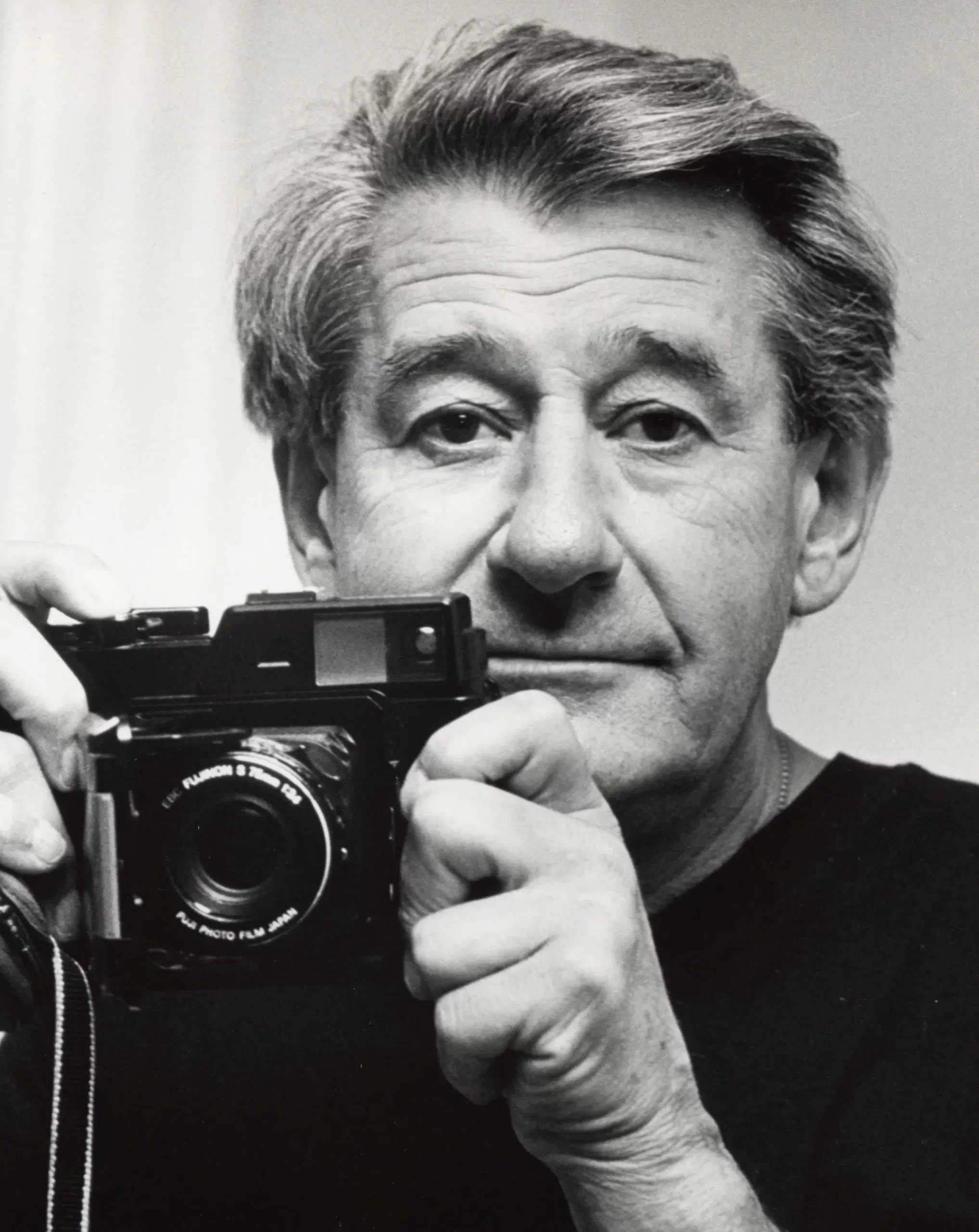
Helmut Newton: power of elegant provocation
A contemporary look at the photographer who transformed fashion, eroticism, and power into a visual language
Few photographers have shaped the fashion imagination as deeply as Helmut Newton. Amid elongated shadows, sculptural bodies and environments imbued with glamour, Newton crafted a universe where seduction, theatricality and tension coexist with an almost cinematic precision. His work isn’t limited to documenting clothes, poses or editoriality: it captures atmospheres and proposes narratives that unfold far beyond the surface. Born in Berlin and aware from an early age of the power of detail, Newton understood that photography could transcend mere documentation and become an instrument of power, capable of provoking, unsettling and fascinating simultaneously.

In the 1970s and 1980s, while collaborating with magazines such as Vogue, Vanity Fair, Elle and Harper’s Bazaar, Newton redefined what the audience understood as fashion photography. Instead of flawless, idealized glamour, he introduced a new approach: subversive luxury, in which sensuality was not a mere embellishment but the driving force of the visual narrative. His women emerged strong, sharp and enigmatic, often in scenes that explored power games, cinematic allusions and intentionally uncomfortable atmospheres. His black-and-white technique heightened this dramatic mood, amplifying the sense of control, tension and the sculptural quality of the bodies. Every light and every shadow was planned as elements of a silent drama.

Newton turned photography into a game of seduction, tension and freedom
Newtonian aesthetic: force, contrast, and narrative
Newton’s aesthetic is immediately recognizable because it focuses on deep contrasts and a model direction that merges autonomy with provocation. His subjects, for that is exactly how they behave, confront the camera with resolve, fully aware of the desire they elicit and, at the same time, completely in command of it. This power dynamic, in which the female gaze asserts itself as an active rather than passive entity, made his work groundbreaking. By photographing women who don’t seek approval but assume the leading role in the scene, Newton established a new paradigm for editorial fashion and influenced generations of photographers, stylists and art directors who still try to decode the precise balance between elegance and discomfort that he created.

This tension also explains why his work has always sparked debate. To some critics, Newton flirted with the boundary between eroticism and excessive provocation; to others, he portrayed emancipated women capable of subverting expectations and assuming positions of power through their image. The photographer himself asserted that his photos were about strength, not submission, and maintained that the eroticism he created was, above all, a mirror of female autonomy. His theatrical environments, often luxurious and laden with fetishistic symbolism, were designed to suggest stories: who controls the scene? The model? The photographer? The external gaze? This deliberate ambiguity is an essential part of Newton’s magnetism.

Throughout his career, Newton lived and photographed in cities such as Berlin, Paris, Monte Carlo and Los Angeles, and this diverse geography permeated his visual language. Paris offered elegant fetishism and insinuating theatricality; Los Angeles, hard, cinematic light; Monte Carlo, exuberant luxury and the narrative atmosphere of his iconic portraits. Each location expanded the photographer’s repertoire and provided him with new tools to create images that move between fantasy, biting humor and social critique. This intersection of references explains why his photos still seem simultaneously contemporary and timeless today.

Decades after his editorial heyday, Helmut Newton’s influence remains inescapable. His compositions continue to appear as visual references in fashion campaigns, music videos, films and contemporary editorials. The aesthetic of the powerful woman, of sensuality elevated to the level of intellectual provocation, and of psychological portraiture constructed with light and shadow is today an integral part of global visual culture, and much of this is due to his vision. Newton redefined the boundaries between fashion, eroticism and narrative, transforming glamour into something that could be unsettling, incisive and sophisticated.

And after all, why do we remain fascinated by the gaze caught between seduction and discomfort that he created? Perhaps because Helmut Newton forces us to confront not only the image of fashion, but the image of ourselves. He reminds us that elegance can have sharp edges, that eroticism can be intelligent, and that beauty gains strength precisely when it harbors contradictions. His work endures because it did not seek consensus, but true impact that will never fade with time.



